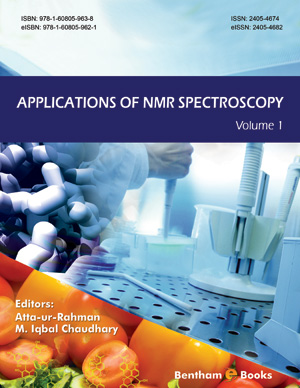Abstract
Synthetic amino acids have particular appeal to extend our understanding of protein structure and stabilization into the realm of folded, non biological polymers. Chemists are now beginning to design biomimetic amino acids that can form both secondary and tertiary structures. An overview of the synthesis of non-protein amino acids recently used in the design of conformationally well-defined foldamers—artificial oligomers that also adopt well-defined folded conformations— are discussed.
Keywords: Nonproteinogenic amino acids, amino acids analogues, synthesis, foldamers, single helix, double helical structure, helicate, strand, extended helix, quadruple helix, α-amino acid, glyco α-amino acids, β-amino acids, β-Substituted β- amino acids, α-substituted β-amino acids, heterocyclic β-amino acid, γ- Aminobutyric acid, pyrrole amino acid, δ-amino acids, arginine analogues, Dioxabicyclo amino acids, fullerene substituted amino acid, ferrocene substituted amino acids.






















